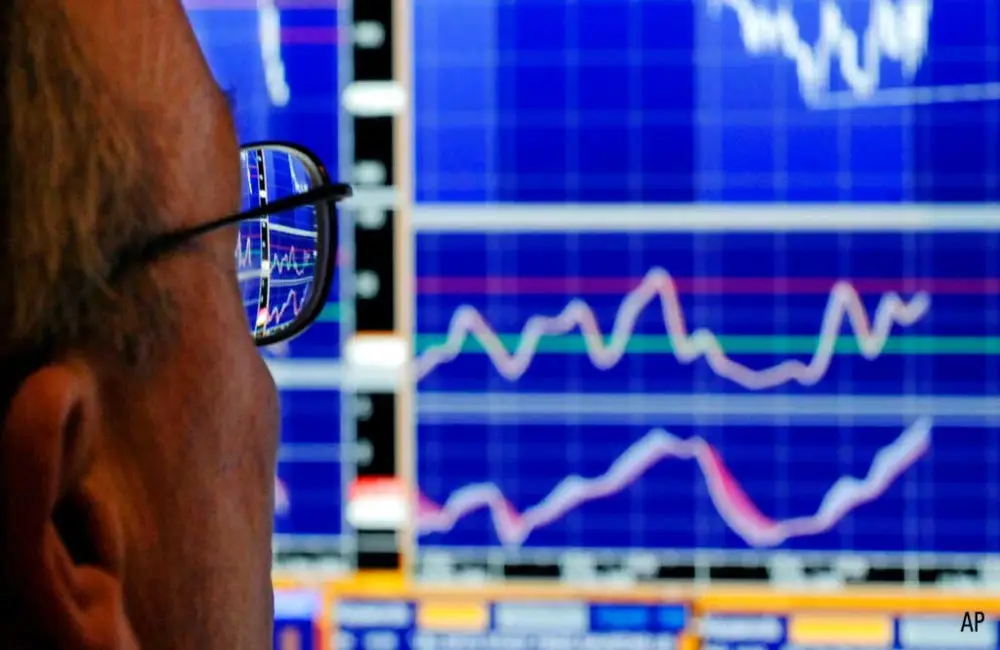Expect More Rate Hikes At The Fed
- Opinion
- 15:00 May 05, 2022
- By Dr. Shawn Hennisett

Expect More Rate Hikes At The Fed
Investors will need to be on guard for further rate rises even as Powell pours cold water on the notion of a still-more-aggressive course.
Latest from Dr. Shawn Hennisett

Don’t let Trump derail your wealth creation plan
- IPOs & Markets
- 10:10, April 28

Back to basics: 5 investing principles you can hold on to in volatile times
- IPOs & Markets
- 08:17, April 14

Unconventional wisdom: A dangerous time for investors and it isn’t just Trump
- IPOs & Markets
- 15:36, April 04

Stop loss – stopping or locking in losses?
- IPOs & Markets
- 14:55, February 17

The million-dollar banana and the power of story
- Global & Foreign
- 14:44, February 10

How to almost set a child up for life with $46 per week
- IPOs & Markets
- 09:12, January 14
About Us
At Equity Launchers, we deliver the latest finance and investment news, insightful analysis, and expert commentary to help you stay ahead in today's dynamic markets. Based in Australia, our platform covers equities, startups, commodities, and global economic trends - providing trusted, accessible information for investors, professionals, and anyone passionate about financial markets.
Equity Launchers
Unit 120/83 Cooyong Street, Reid,
Australian Capital Territory,
Australia 2612.
Site Navigation
Latest News
-

A practical guide to finding investment opportunities
- Published 11:15 on June 27, 2025
-

A Comprehensive Analysis of UK Mortgage Bonds
- Published 17:30 on May 14, 2025
-

Young & Invested: The beginner ETF portfolio
- Published 13:06 on April 30, 2025
-

Unconventional wisdom: Is the secret to wealth found on an index card?
- Published 14:33 on April 28, 2025
© Copyright Equity Launchers 2010-2025 All Rights Reserved













